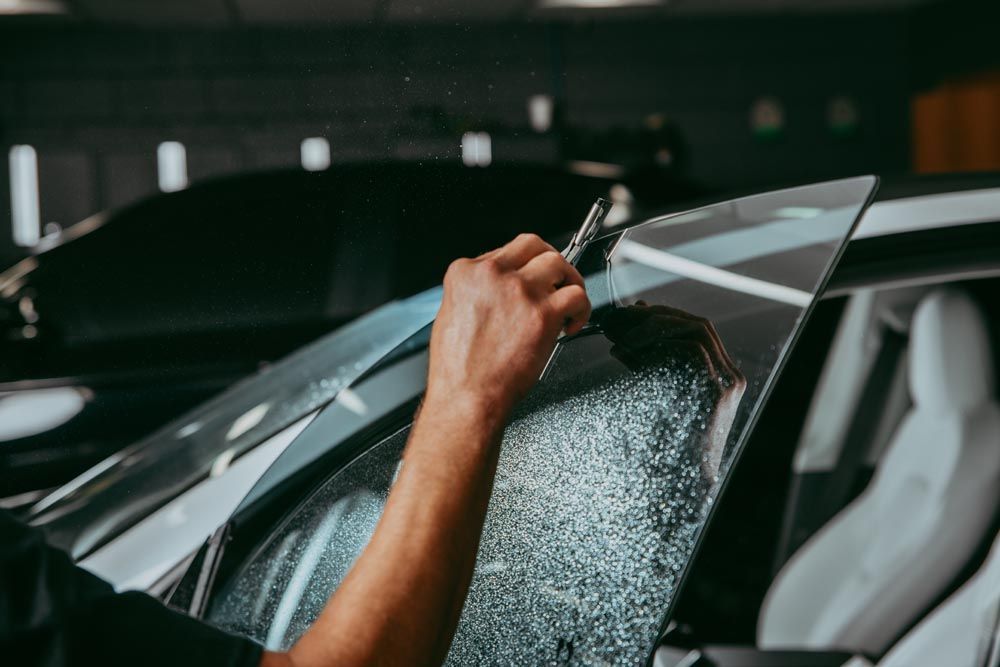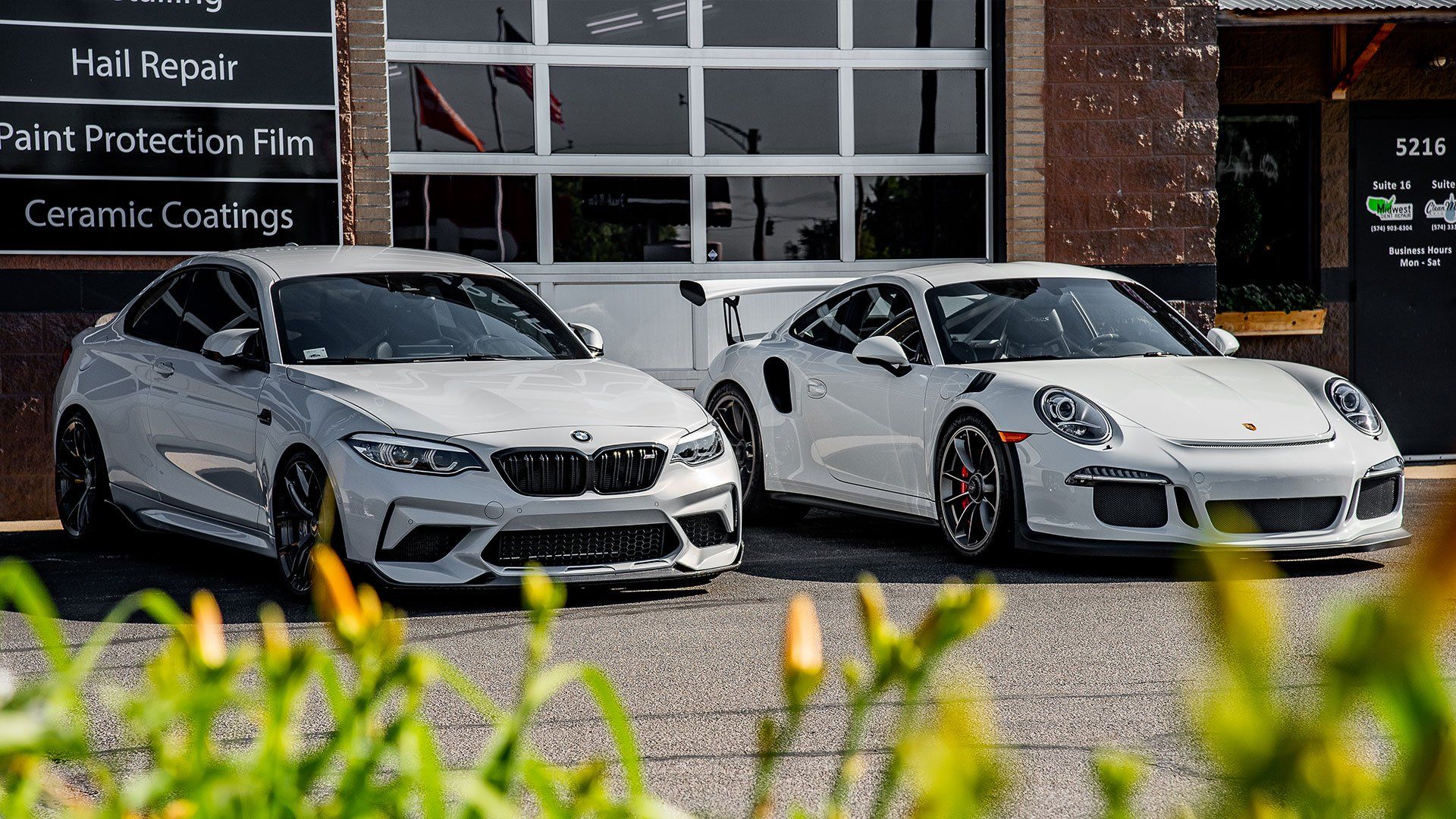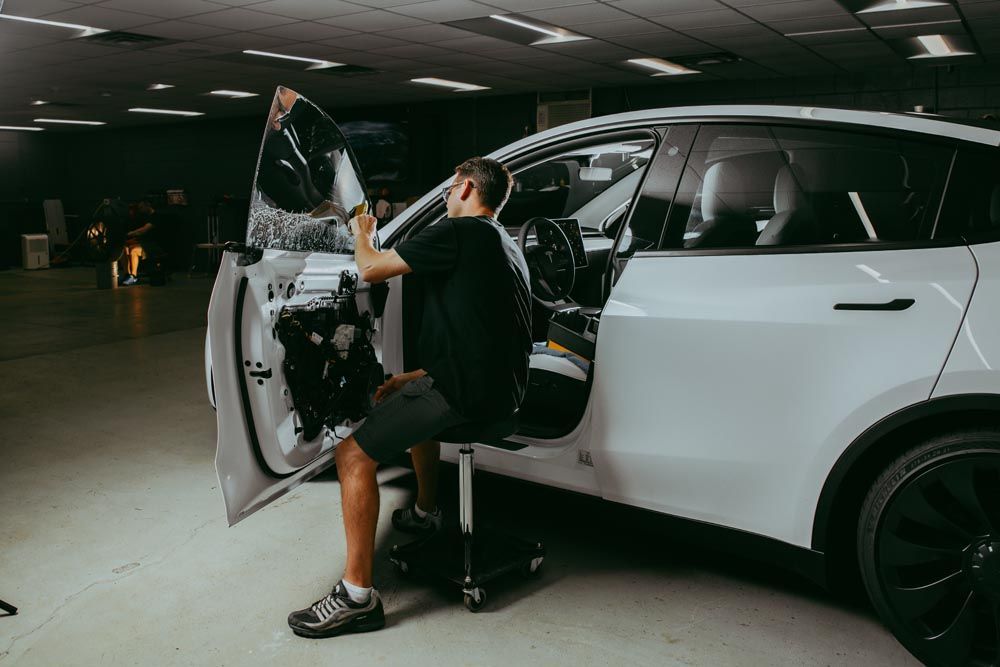Auto Detailing, Ceramic Coating and PPF Blogs
High-Def Detailing Blogs

If you think paint protection film is only for luxury cars, think again. Though often seen on high-end vehicles, a paint protection film offers valuable protection for any car, including your mid-range ride. Imagine enjoying your weekend road trips without worrying about those tiny rock chips or unsightly bird droppings marring your vehicle's finish. Maintaining your car’s appearance goes beyond vanity; it preserves value and brings peace of mind. A paint protection film forms an invisible shield over your vehicle's paint, protecting it from daily wear and tear. Paint protection films are not exclusively for luxury vehicles; it provides significant benefits for all vehicle types. PPF protects against scratches, rock chips, and environmental damage, making it an effective choice for daily commuters, commercial vehicles, and family cars as well. What is Paint Protection Film? A paint protection film (PPF) is not just an aesthetic accessory; it acts as a robust barrier for your vehicle. Essentially, it’s a transparent, ultra-thin layer composed of durable polyurethane or polymer specifically designed to cling to the painted surfaces of your car. Its primary role is to serve as a protective shield, guarding against an array of environmental and mechanical threats that vehicles encounter on a daily basis. This film goes beyond simple abrasion resistance. Imagine your car navigating through urban environments or winding country roads; every turn poses the risk of small rocks flying up or errant branches scratching the surface. A paint protection film effectively absorbs these impacts, preventing scratches and chips from penetrating through to the paint underneath. Beyond physical strikes, the film also counters chemical damage from insect acids and bird droppings—substances that can lead to unsightly corrosion if left untreated. Even more crucially, this film boasts UV resistance, which protects your vehicle's paint from fading under the sun’s harsh rays over time. Application Process Explained The application of paint protection film is not just a simple sticking operation; it’s an art that involves several critical steps to ensure optimal adhesion and durability. Each step has its value, contributing to how well the film ultimately protects your vehicle's surface. Preparation and Cleaning: The process begins with preparation, where the car’s surface must be meticulously cleaned. This task goes beyond a quick wash; every nook and cranny must be free from dirt, dust, grease, or any contaminants. Even minuscule particles can lead to bubbles or imperfections under the film, which can compromise its protective qualities. To achieve this level of cleanliness, professionals often use a clay bar treatment, followed by a lukewarm rinse to ensure that all grime is effectively removed. For a flawless finish, some installers even apply an alcohol-based cleaner afterward for an extra layer of purity. Film Cutting: Next comes the precise cutting of the film. Here, professional installers utilize exact templates tailored to each vehicle’s make and model. This ensures that the film fits perfectly on contours without excessive trimming after installation. Think of it as tailoring clothing to fit perfectly; every angle and curve of your vehicle is accounted for, making sure the film hugs every line accurately. It's worth noting that many companies have invested in advanced software that helps create these templates digitally. This technology not only enhances accuracy but also speeds up the installation process significantly. Installation: With everything properly prepared and cut, we move on to installation—perhaps one of the most delicate phases. The installer applies the film using a soapy water solution on both the film and the vehicle's surface to allow for easier repositioning during application. Using specialized squeegees, they work methodically to eliminate bubbles and creases, ensuring a smooth finish. This action requires a skilled hand because even minor mistakes could jeopardize the outcome. Imagine trying to lay down wallpaper on a wall; if done improperly, unsightly wrinkles can appear. That’s why trained professionals take their time here to achieve that seamless look. Curing: The final phase is curing, where patience truly pays off. After installation, the film needs a few days to fully adhere to the vehicle surface, as any residual moisture needs time to evaporate. This period is crucial because it allows for maximum durability; it ensures that once cured, the paint protection film creates a robust shield against scratches, rock chips, and road debris. The meticulous attention paid throughout this application process cannot be overstated. Each step dramatically affects how well PPF performs over time.
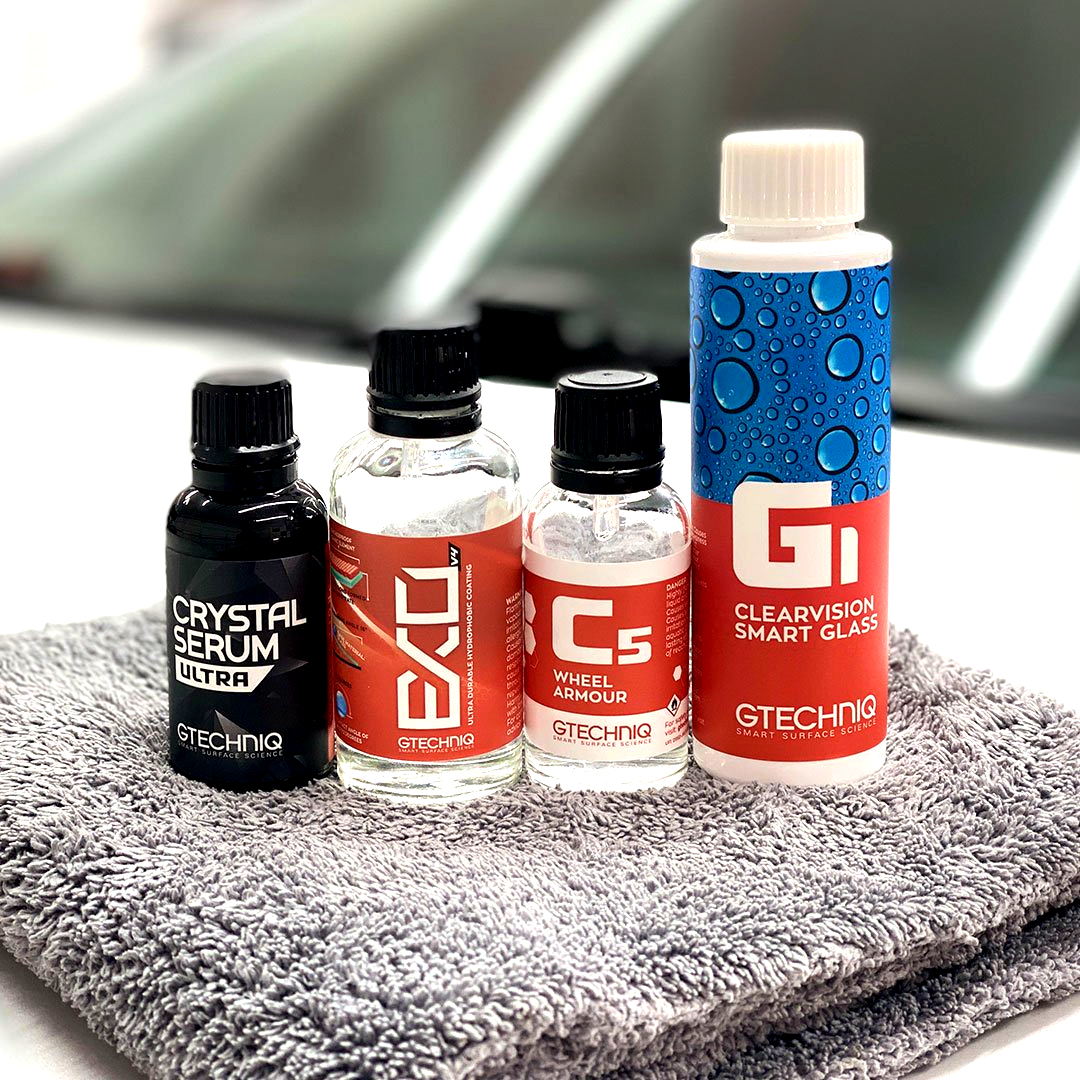
Ceramic coating has become a go-to solution for many car enthusiasts looking to keep their vehicles in top condition. It has been known as an advanced method of paint protection against environmental damage. Whether it’s the relentless UV rays or road grime, these coatings promise to be a sturdy shield between your car’s paint and the elements. Yes, ceramic coating is worth it for vehicle owners as it provides enhanced protection against environmental contaminants, UV rays, and chemical stains, while offering a long-lasting glossy finish that minimizes maintenance needs. Although the upfront cost may be significant, the durability and preservation of your vehicle's paint can lead to long-term savings by reducing the frequency of repainting and enhancing resale value. Overview of Ceramic Coating At its core, ceramic coating is a liquid polymer that forms a durable bond with your vehicle's paintwork, creating an exceptionally resilient protective layer. This advanced technology acts as a shield against various environmental contaminants like dirt, road salt, tree sap, and harmful UV rays that can fade and damage the paint over time. As this hardened layer adheres closely to the surface, it significantly enhances the vehicle's appearance by providing a high-gloss finish that's often likened to that of a showroom car. The result? A stunning look that not only draws attention but also simplifies maintenance because dirt and grime are less likely to stick. Reputable ceramic coating products offer superior protection due to their long-lasting effects. These coatings boast impressive hydrophobic properties, meaning they repel water exceptionally well and help in reducing water spots—one more reason why car lovers are investing in them. These advanced paint protection solutions provide both durability and aesthetic enhancement, making them a popular choice among vehicle owners. Application Process and Costs Applying ceramic coating involves a series of detailed steps that are essential to ensuring its effectiveness. These steps might seem tedious at first glance, but each one lays the groundwork for a high-quality finish that will protect your vehicle's exterior for years to come. Surface Preparation: The first key step is surface preparation. This involves thoroughly washing the vehicle to remove all dirt, grime, and contaminants which is crucial for ensuring optimal bonding between the surface and the coating. Any remaining debris could lead to poor adhesion or even visual imperfections later. Paint correction follows the cleaning process, addressing scratches or imperfections with a polishing machine. By achieving a flawless surface, you enhance the durability of the ceramic coating, much like ensuring a solid foundation before building a structure. Application: The next step is the careful application of the ceramic coating. Using an applicator pad, the coating is applied in small sections. Afterward, each section is buffed with a microfiber cloth to ensure even distribution, which is key to the coating’s performance. This stage requires patience, as rushing through can result in uneven protection or missed spots. By taking your time, you ensure that every part of the vehicle is covered, maximizing the protective benefits of the ceramic coating. Curing: The final step is the curing process. After the ceramic coating is applied, it needs time to bond with the surface, typically requiring 24 to 48 hours. During this curing period, it’s important to keep the vehicle away from water or any elements that might compromise the coating’s integrity. This phase allows the protective qualities of the ceramic coating to fully set, locking in long-term defense against the elements.
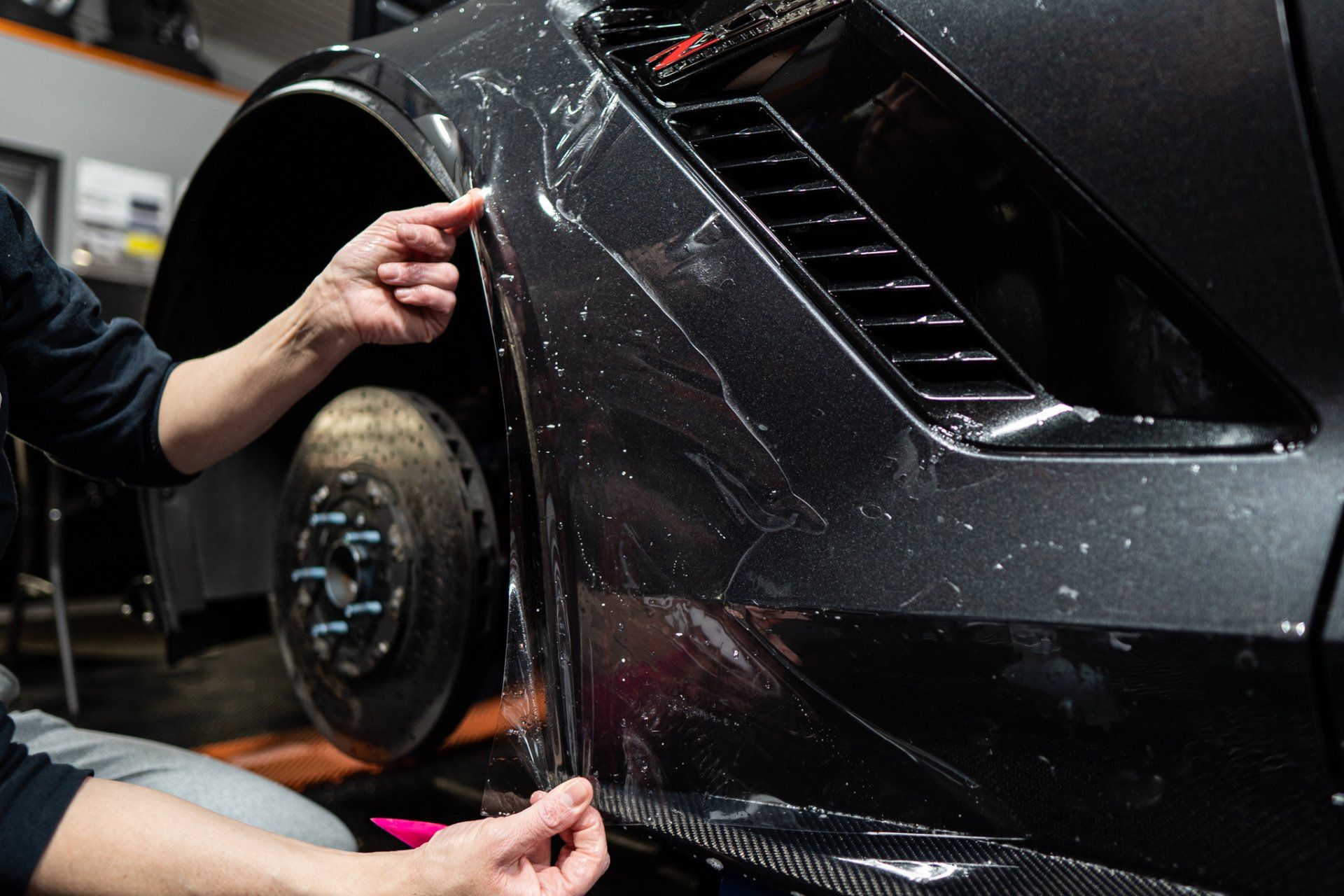
For any car enthusiast, ensuring your vehicle’s paint remains pristine is more than just cosmetic—it's about preserving value and pride of ownership. The constant worry about scratches, chips, and fading from harsh UV rays can be a source of anxiety, especially when parking in crowded or exposed areas. So, which method offers better protection: paint protection film or traditional waxes and sealants? The key differences between paint protection film and traditional vehicle paint protection like wax lie in durability, protection level, and maintenance. A paint protection film offers superior long-term protection against scratches, rock chips, and UV damage while requiring little maintenance over its lifespan of 5-7 years; in contrast, traditional wax provides temporary coverage that typically lasts only a few weeks to months, necessitating frequent reapplication. Comparing PPF and Traditional Vehicle Paint Protection As we already know, paint protection film is no ordinary shield. When we contemplate vehicle care, it's crucial to understand that PPF consists of a clear, thermoplastic urethane film meticulously designed to cling tenderly to your car's paint. This film provides a robust barrier against everyday threats like rocks flying from the road or the stray shopping cart that always seems to find its mark. In sharp contrast, traditional paint protection methods rely on wax or sealants, which apply a soft-layered defense, guarding against elements like UV rays and bird droppings but lacking in substance when it comes to physical damage. Protection Efficacy When looking deeper into protection efficacy, a paint protection film shines significantly brighter than traditional waxes or sealants. Car enthusiasts often choose PPF as their go-to option due to its exceptional durability; its structure can resist chips and scratches far better than a layer of wax. Vehicles equipped with paint protection film experience 90% fewer paint chips compared to those protected with conventional methods. This dramatic difference implies not only longer-lasting beauty but also a significant reduction in repair costs down the road. While traditional paint protection methods may wear off after just a handful of washes, a paint protection film offers longevity with minimal maintenance. The beauty of it doesn't stop there—paint protection film also boasts self-healing technology, allowing minor scratches to vanish magically when heat is applied, returning your vehicle's exterior to pristine condition without extra effort. Downsides to Consider Although paint protection film options have established themselves as superior in protective features, they do come with some downsides worth noting. For instance, installation can be costly—typically ranging from $2,000 to $5,000 depending on the car's size and coverage area—and requires professional expertise for optimal results. Moreover, while they generally last between 5 and 10 years, factors such as environmental conditions and how the vehicle is treated can impact their lifespan. Conversely, traditional paints like wax are far easier on the wallet initially and can often be applied by enthusiastic DIYers at home without the need for professional assistance. Nevertheless, this approach entails frequent reapplications—sometimes monthly—to maintain any level of protection. By carefully weighing the pros and cons of both options—not merely considering price but also lifestyle and long-term vehicle care—you can make an informed choice that best meets your needs.



